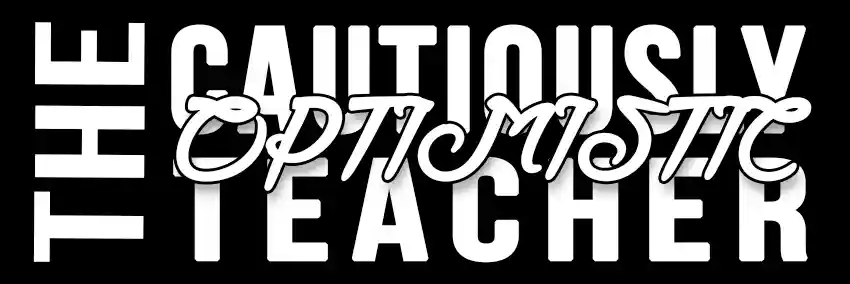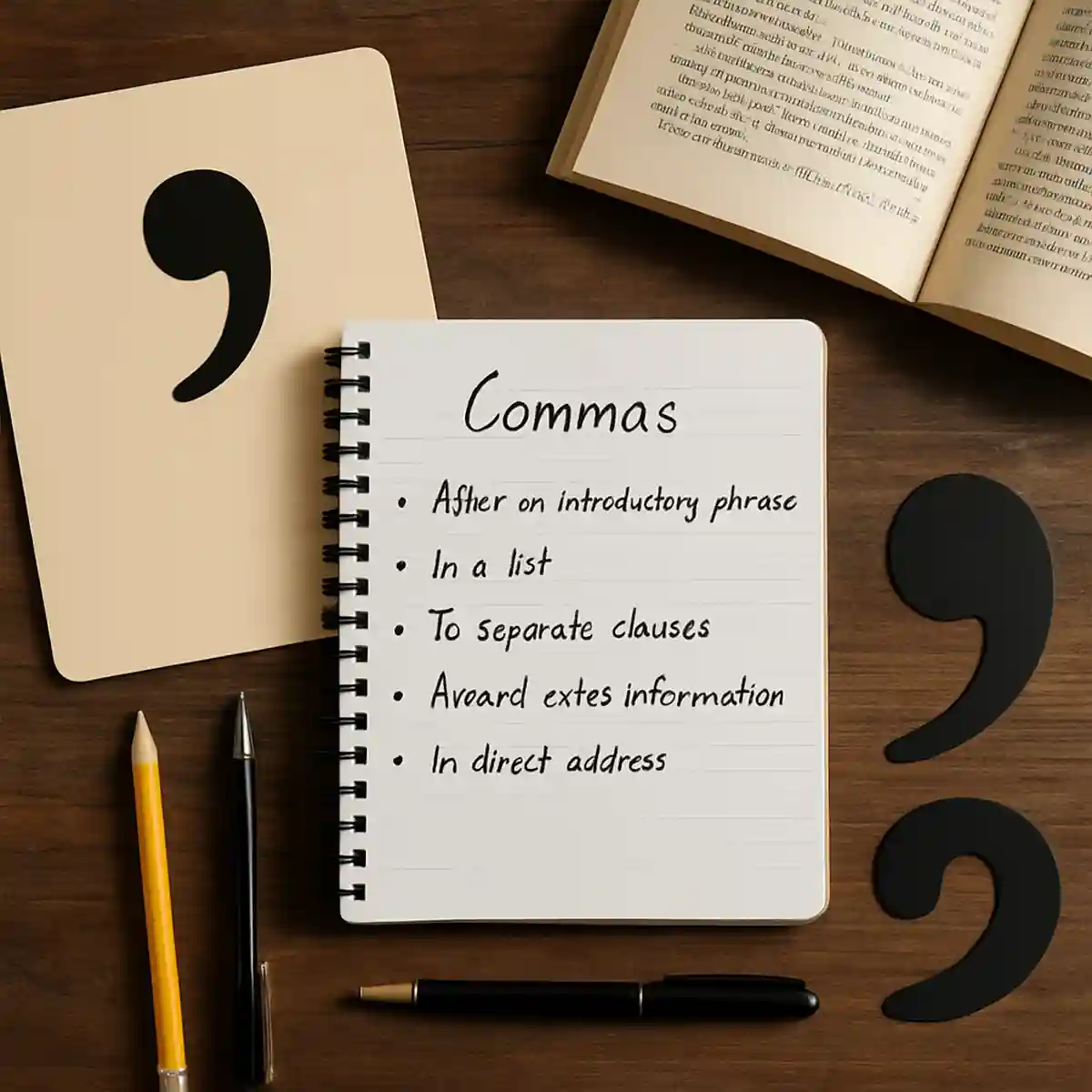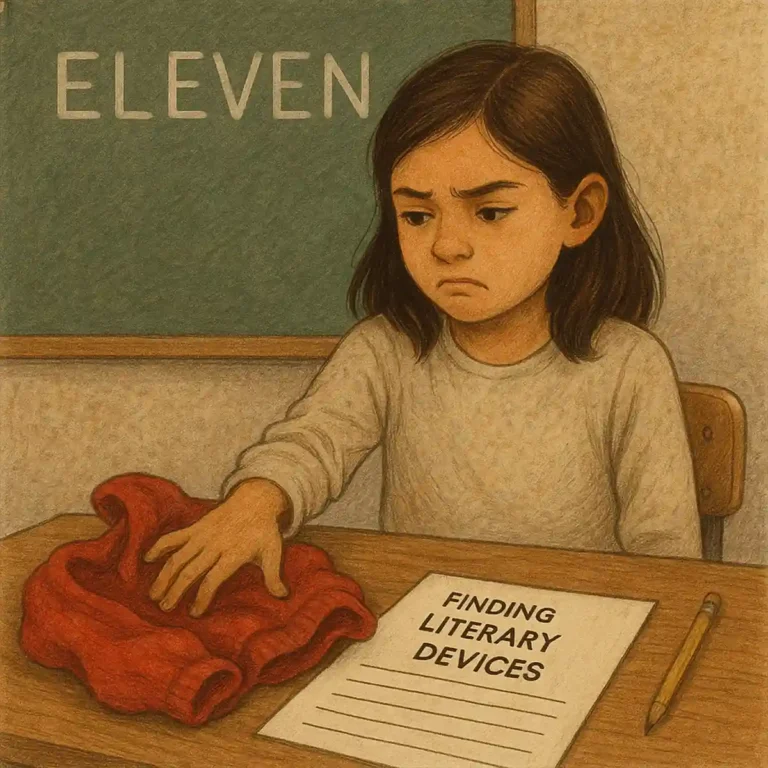Day 15: Commas Lesson and Literary Devices
Today’s lesson plan blends reading practice with grammar and literary analysis. Students will begin with their independent novels, then move into a commas lesson that links to a detailed guide, and finally, wrap up their worksheet work on Eleven.
Lesson Flow
1. Silent Reading – 15 Minutes
Start the class with quiet, focused reading. This consistent daily routine helps students build stamina and confidence with their independent texts.
2. Introduce the importance of commas in writing. Students often overlook commas, but these small marks can drastically change meaning and clarity. Begin by showing a few humorous examples of misplaced commas—such as “Let’s eat, Grandma” versus “Let’s eat Grandma”—to highlight how punctuation affects interpretation.
Then, review the most common comma rules:
Use commas to separate items in a list.
Place a comma before a coordinating conjunction (for, and, nor, but, or, yet, so) when joining two independent clauses.
Set off introductory words, phrases, or clauses.
Use commas to separate nonessential information or appositives.
Place commas after transitions such as however, therefore, or for example.
You might follow the mini-lesson with a short group activity where students correct sentences on the board or create their own examples to share. Emphasize that mastering commas isn’t just about following grammar rules—it’s about controlling rhythm, tone, and clarity in writing.
Click here for the commas lesson and materials.
3. Finish Literary Devices in Eleven
From yesterday’s work, students should complete the “Finding Literary Devices in Eleven” worksheet. The goal here is to solidify their understanding of literary devices like metaphor, symbolism, and tone within a single text.
Once students are done, take up the worksheet together as a class, discussing examples and how they impact Rachel’s story.
Click here for yesterday’s material.







